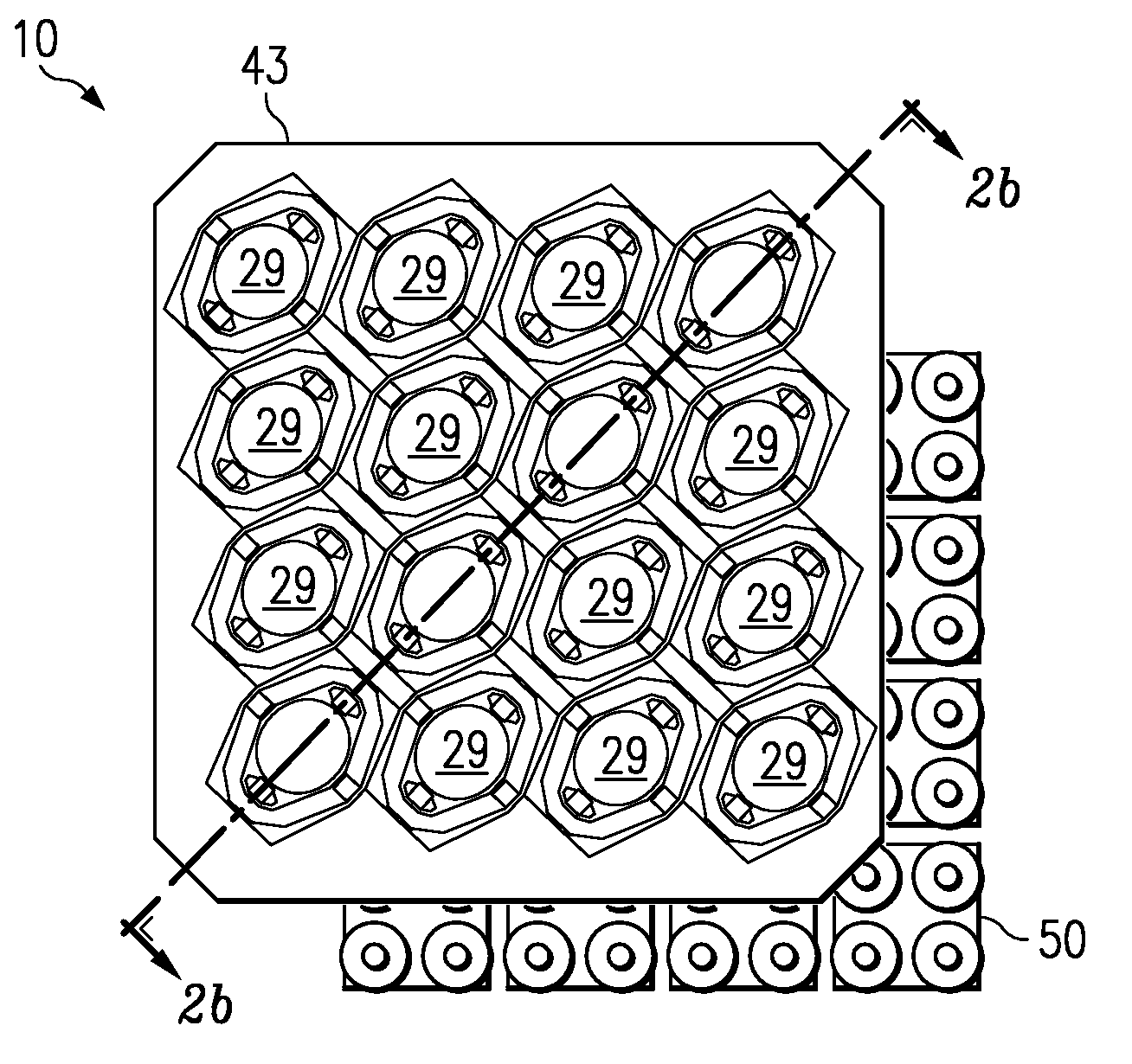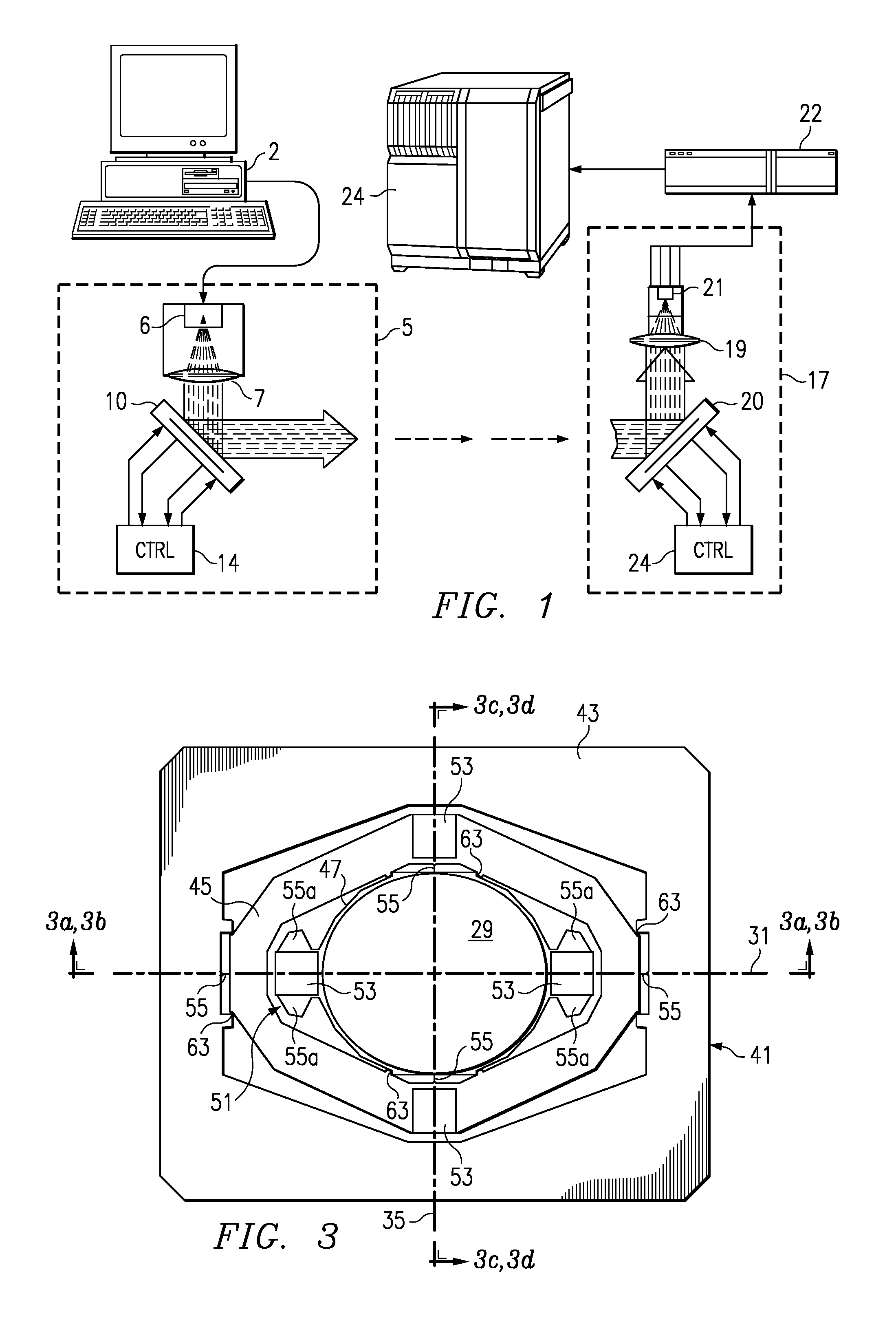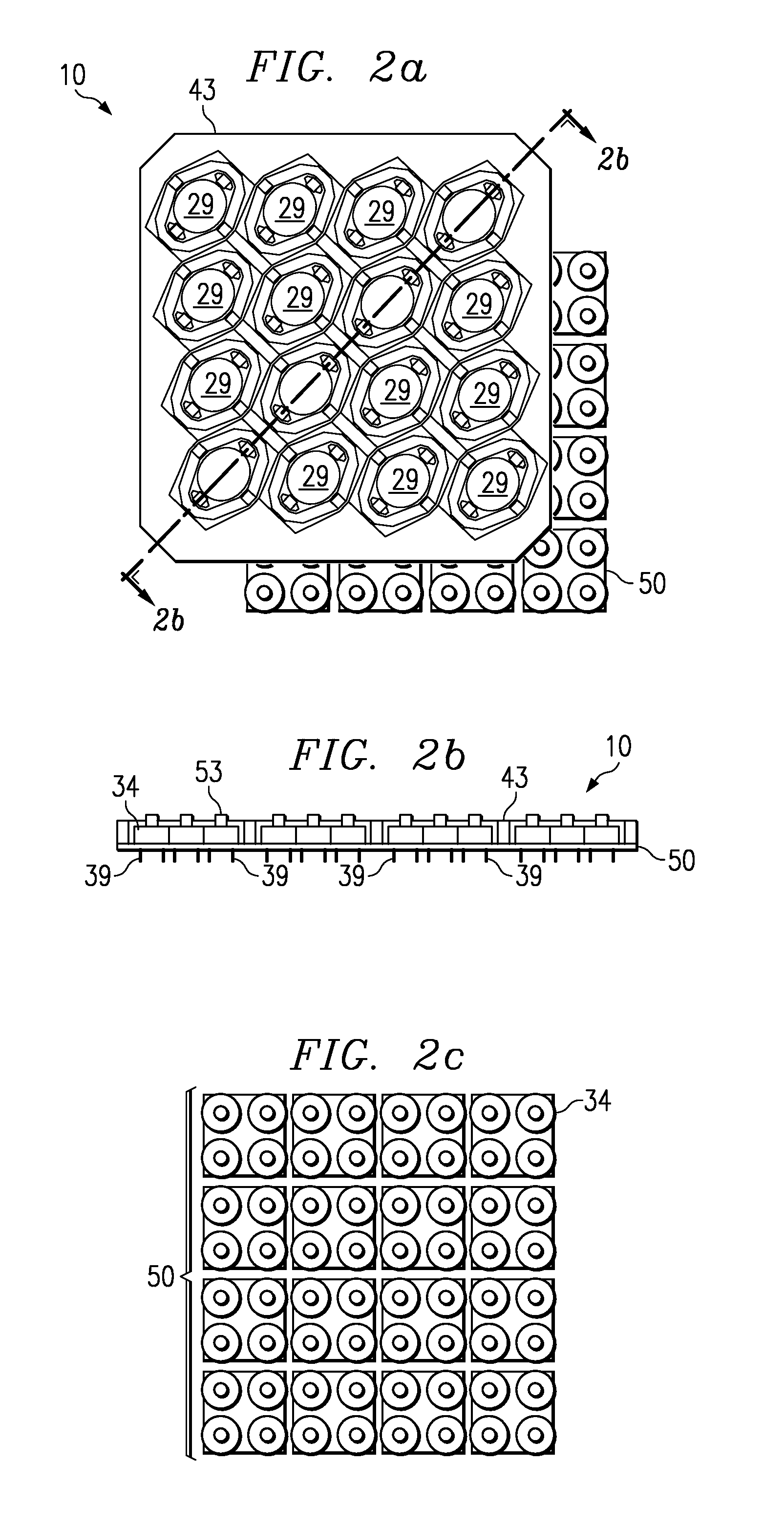Cooperating array of micromirror devices for wireless optical communication
a technology of optical communication and micromirrors, applied in the field of optical communication, can solve the problems of high-frequency communication that cannot travel the distance that can be achieved by high-frequency communications, and the deployment of each of these conventional communications facilities involves certain limitations, so as to achieve accurate steering of a relatively large optical beam
- Summary
- Abstract
- Description
- Claims
- Application Information
AI Technical Summary
Benefits of technology
Problems solved by technology
Method used
Image
Examples
Embodiment Construction
[0038]The present invention will be described in connection with its preferred embodiments, with an example of an application of these preferred embodiments in a communications network. It is contemplated, however, that the present invention may be realized not only in the manner described below, but also by way of various alternatives which will be apparent to those skilled in the art having reference to this specification. It is further contemplated that the present invention may be advantageously implemented and used in connection with a variety of applications besides those described below. It is therefore to be understood that the following description is presented by way of example only, and that this description is not to be construed to limit the true scope of the present invention as hereinafter claimed.
[0039]Referring first to FIG. 1, an example of an optical wireless network will be illustrated, to provide context for the present invention. In this simple example, unidire...
PUM
 Login to View More
Login to View More Abstract
Description
Claims
Application Information
 Login to View More
Login to View More - R&D
- Intellectual Property
- Life Sciences
- Materials
- Tech Scout
- Unparalleled Data Quality
- Higher Quality Content
- 60% Fewer Hallucinations
Browse by: Latest US Patents, China's latest patents, Technical Efficacy Thesaurus, Application Domain, Technology Topic, Popular Technical Reports.
© 2025 PatSnap. All rights reserved.Legal|Privacy policy|Modern Slavery Act Transparency Statement|Sitemap|About US| Contact US: help@patsnap.com



